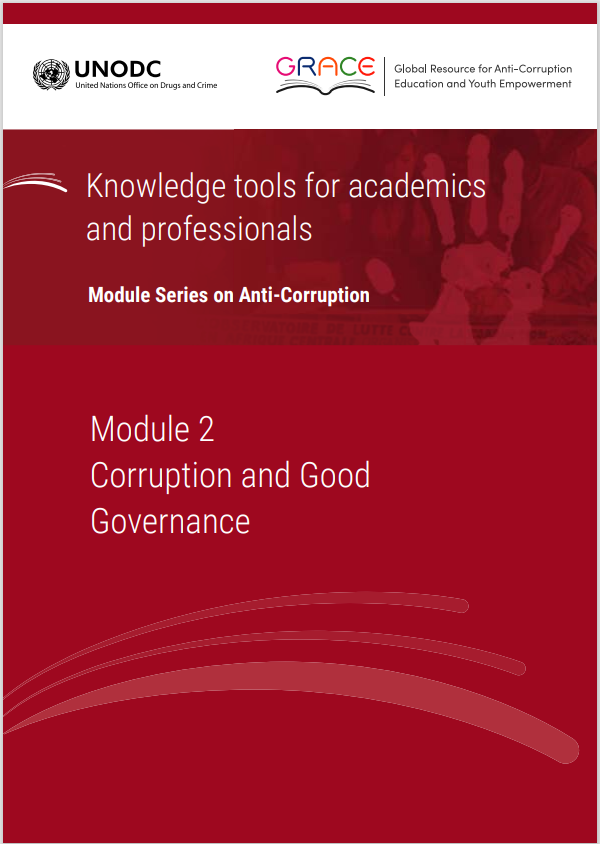This module is a resource for lecturers
Possible class structure
This section contains recommendations for a teaching sequence and timing intended to achieve learning outcomes through a three-hour class. The lecturer may wish to disregard or shorten some of the segments below in order to give more time to other elements, including introduction, icebreakers, conclusion or short breaks. The structure could also be adapted for shorter or longer classes, given that the class durations vary across countries.
Introduction (10 minutes)
- The lecturer introduces shortly the most important terms such as government, governance, good and bad governance.
Meaning and differences between Government and Governance (30 minutes)
- The lecturer asks students to divide into groups of three or four, and asks them to explain why societies need 'government' and 'governance'. A few groups provide feedback to the class. The lecturer shares the narrow and broad meanings of governance and discusses the differences and similarities between this definition and the student suggestions.
Conduct Exercise 1 (30 minutes)
Principles of Good Governance (30 minutes)
- The lecturer describes the principles of good governance and discusses some of the conceptual and practical difficulties. (15 minutes)
- The lecturer could ask students to divide into groups of three or four, to reflect on their understanding of these principles, and together to synthesize their understandings into a short, clear and precise formulation. A few groups provide feedback to the class, by sharing their ideas about the principles of governance. (15 minutes)
Indicators of Governance (20 minutes)
- The lecturer asks students to mention indicators of good measurement and discuss their relationship with the level of corruption. The lecturer then describes the indicators in this Module and discusses some of the conceptual and practical methodological problems.
Conduct Exercise 4 (30 minutes)
Governance Tools (20 minutes)
- The lecturer discusses potential governance tools and asks the students what they think are the most important ones, describing any instances that they themselves may have heard about or encountered. Do their parents complain about unfairness at their workplace? Have they been treated unfairly or passed over for promotion? Do rules or guidelines exist and were violated? Ask the students to share what they think made it possible. What governance tools in the Module would help to prevent such problems?
- Alternatively, conduct Exercise 5.
Plenary discussion (10 minutes)
- The lecturer recaps the main points from the class and explains the links with other modules from the E4J University Module Series on Anti-Corruption.
 Next:
Core reading
Next:
Core reading
 Back to top
Back to top
